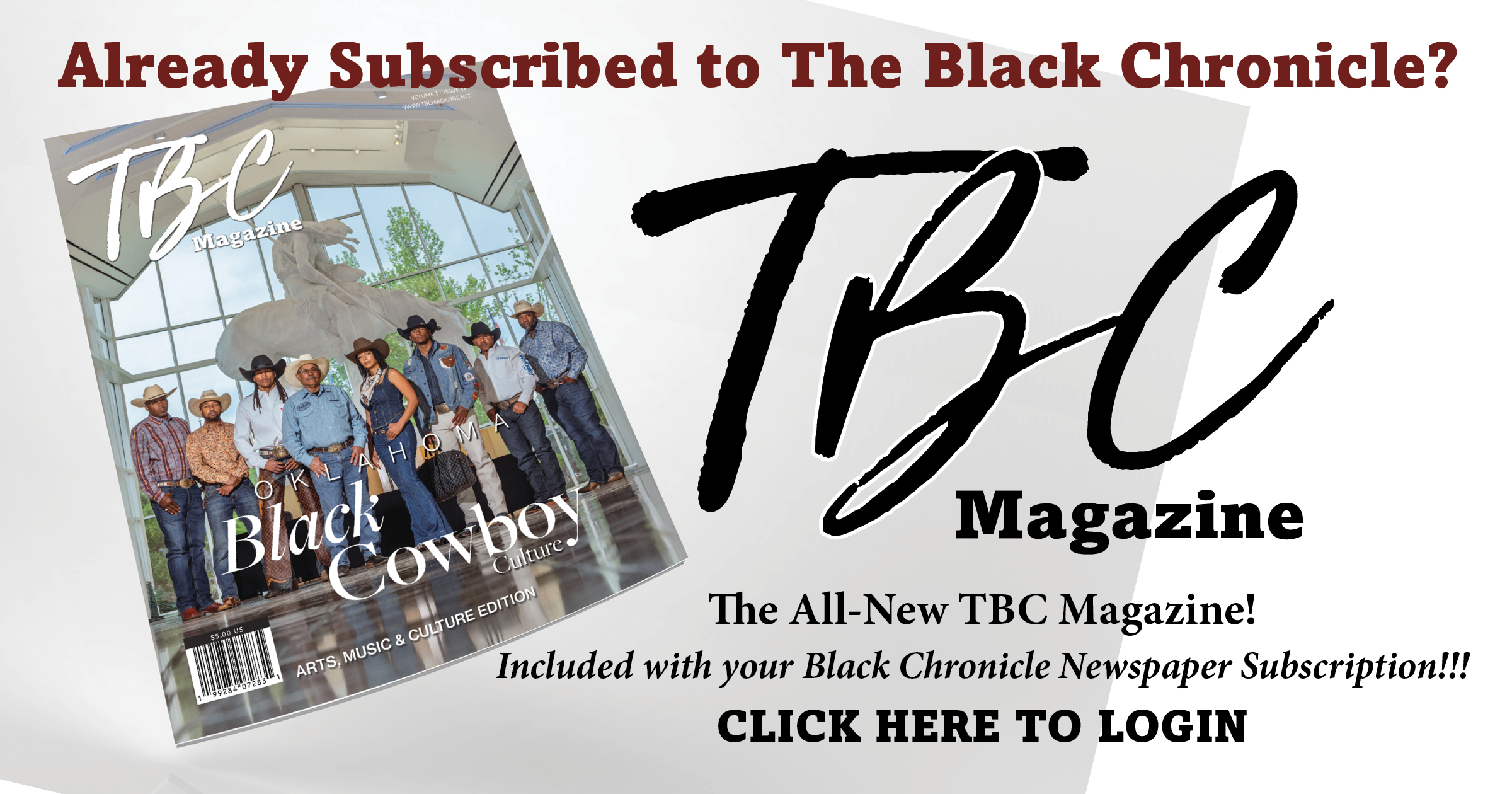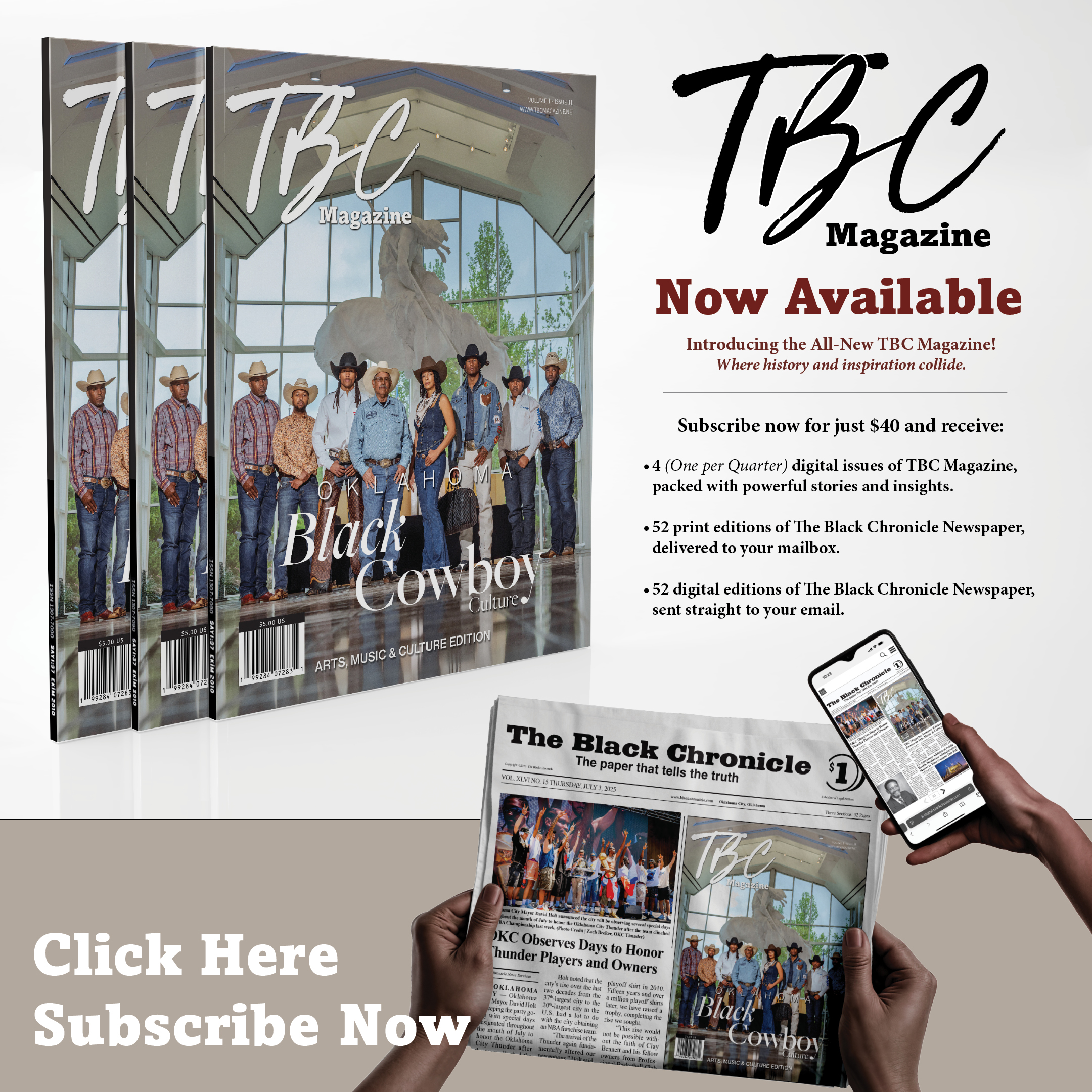(The Center Square) – Another tightening of more than 1,000 voter registrations in the separation between Democrats and Republicans is moving the last century’s dominant party closer to having less than 30% in North Carolina.
Just 16 years ago, Democrats were in eight of 10 seats for the Council of State and commanded 30-20 and 68-52 majorities in the General Assembly. Today those figures are 5-5 in the executive offices, and Republican advantages of 30-20 in the Senate and 71-49 in the House of Representatives.
Saturday’s update by the State Board of Elections had increases for total number of voters, those registering unaffiliated and for Republicans. The more than 7.5 million are split to 38.6% unaffiliated (2,929,781 million), 30.4% Democrats (2,311,188) and 30.3% Republicans (2,302,352).
The beyond the decimal figure separating the two major parties is 0.116, or nearly one-tenth of 1%. Democrats’ edge of 9,968 a week earlier dropped to 8,836.
North Carolina is considered a legitimate battleground state on the national level, purple in hue rather than blue for Democrats or red for Republicans.
From the every two years elections of 1930 to 1982, Democrats were below 43 of the 50 state Senate seats just twice (won 38 in 1969, won 35 in 1973) and didn’t have fewer than 30 until only getting 26 in the 1994 cycle. From 1930 to 1982 in the House, Democrats had fewer than 102 of the 120 just six times with 85 won in 1974 the worst.
Three decades ago at Electon Day 1992, North Carolinians elected Democrats to all 10 Council of State positions and majorities of 39-11 in the state Senate and 78-42 in the House.
Democrats over a 21-year period have been in freefall with North Carolina voter registrations. On Jan. 1, 2004, the state’s more than 5 million voters were split 47.6% Democrats, 34.4% Republicans and 17.7% unaffiliated.





